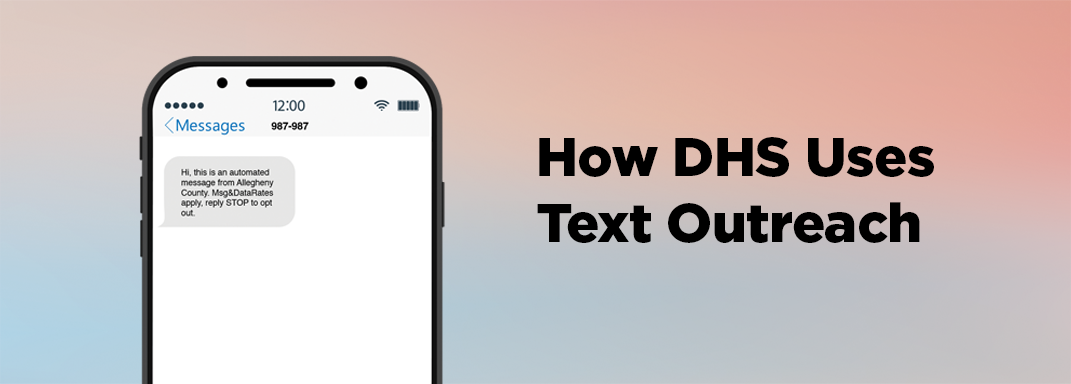What is the Community Need Index?
The Allegheny County Department of Human Services (DHS) conducts a Community Need Index (CNI) to identify specific areas that are in greater need, and face larger socioeconomic barriers, relative to others. The newest version of the CNI index ranks neighborhoods by need level by looking at:
- The percentage of families who live below the poverty line
- The percentage of unemployed or unattached males
- The percentage of those aged 25 and up without at least a Bachelor’s degree
- The percentage of single parent households
- The percentage of households without internet access
- Rate of homicide per 100,000 residents
- Rate of fatal overdoses per 100,000 residents
The researchers used a census tract level to break up the region and assess needs. Census tracts are static, relatively small subdivisions of a county.
How can I view the findings?
An interactive map allows users to view and extract data from the 2024 CNI (which uses 2022 five-year data estimates and totals). The new report focuses on all of Allegheny County, examines changes in need over time, and places emphasis on the connection between race and community need. Earlier reports are linked below.
What are the takeaways?
- In Allegheny County, we continue to find the highest levels of need in specific sections of the City of Pittsburgh (Hill District, South Hilltop, parts of the West End, Upper East End neighborhoods, Upper Northside) as well as census tracts outside the City of Pittsburgh (Mon Valley, sections of the Allegheny County River Valley, sections of Penn Hills, sections of Wilkinsburg, Stowe-Rocks).
- There are vast discrepancies between the lowest need communities, which have an average poverty rate of 2%, and the highest need communities, where the average poverty rate is 38%.
- With few exceptions, census tract-level community need is persistent over time.
- Only about one-third of Allegheny County’s Black residents live in lower-need communities. For every other racial and ethnic group in the County, the majority of residents live in lower need communities. Black communities in Allegheny County have disproportionately high levels of need, as do a number of racially mixed communities.
- Poverty status alone does not account for where various racial and ethnic groups tend to live by level of need; poor Black and Latino families are more likely than other poor families to live in higher need communities. Even Black families above the poverty line are many times more likely than their Asian, White and Latino peers above the poverty line to live in higher need communities.
How is this report used?
The geographic dimensions of community need can help inform many aspects of DHS’s strategic planning and resource allocation decisions, such as decisions on where to locate Family Centers or new after-school programs.
Where can I go for more information?
For more information, you can read previous reports below. Or you can reach out to DHS-Research@alleghenycounty.us with any questions.
Previous reports in this series
Previous datasets in this series







